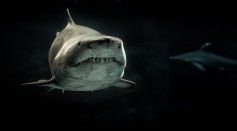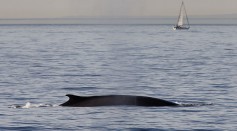oceanography

Sharks from Miocene Epoch Nearly Vanished from Earth's Oceans

Floating Power Station: Ex-NASA Researcher Develops Unlimited Clean Power for Earth

Song Patterns Among Fin Whale Change Over Time, Surprising Scientists
NASA GPM Satellite Mapped Tropical Depression 3W In 3D In The Pacific Ocean
Sampling the World’s Oceans on a Global Scale Reveals the Complex Relationship between Viruses and Microbes
Up From the Depths: The First Warm-Blooded Fish
Most Popular

How Technology Is Changing the Real Estate Industry?

How a Plant-Based Diet Can Protect Against Breast Cancer: Insights from Nutrition Research

Study Reveals High Turnover in Scientific Research Careers: What This Means for Future Scientists

Nikolay Karpenko Biography, Photo, Career, Accomplishments





